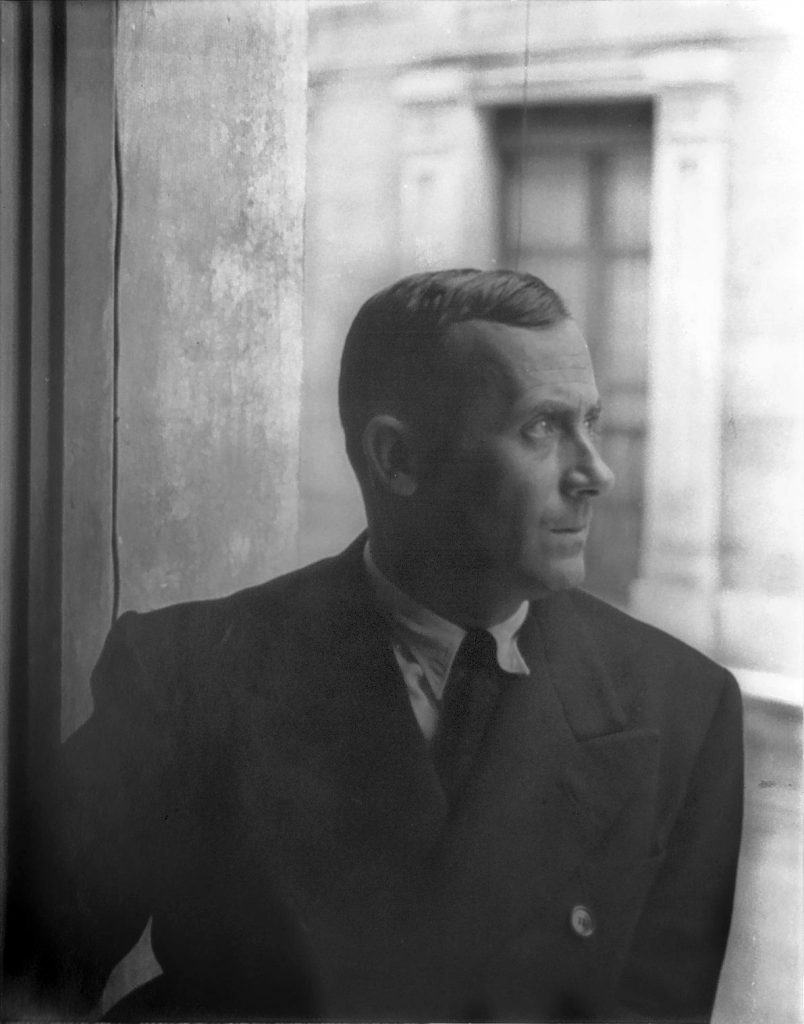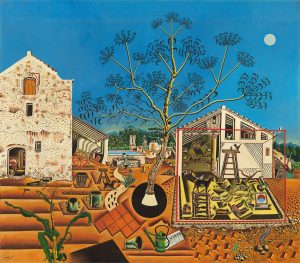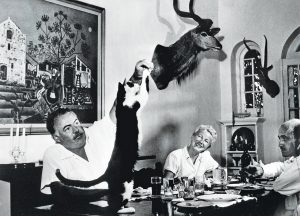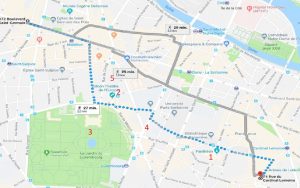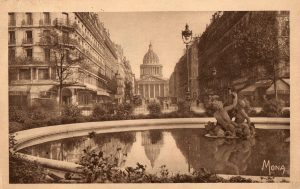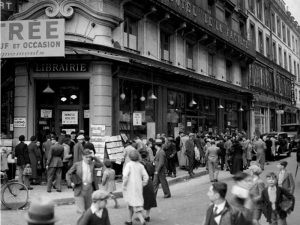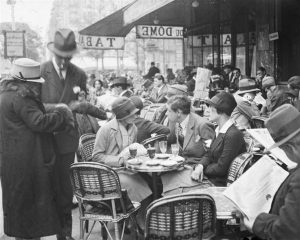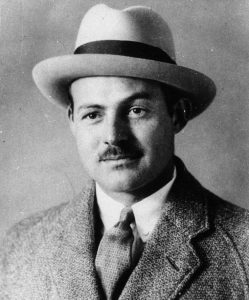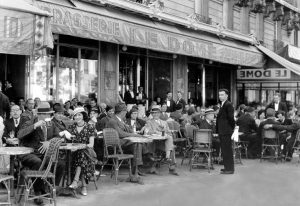It would be an understatement to say that Hemingway liked fishing. He loved it. Not only did Hemingway fish for big saltwater fish like marlin and tuna (mainly after he became successful and moved to Florida and Cuba), but he also liked to fish for trout. This began when he was quite young and did spend his summers in (upper) Michigan at his parent’s cabin there and continued when he was living in Paris.
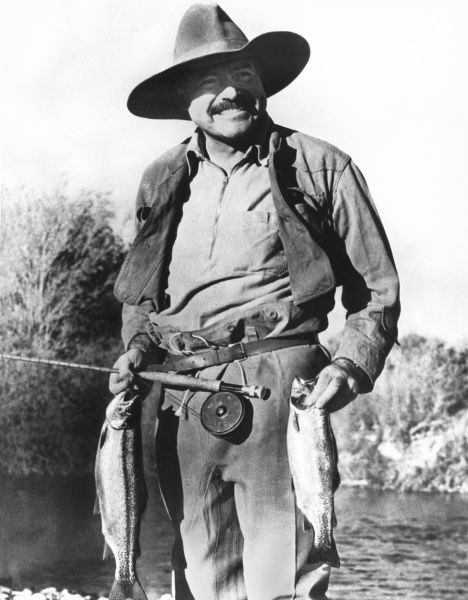
Among the trips he took from Paris were of course the most famous ones to Pamplona, to run with the bulls (on his way there he always took a few days to fish for trout, see my earlier post Fishing in the Pyrenees – on route to San Fermin), but he also visited other places like Normandy and the Black Forest in Germany. He would go there bringing his wife Hadley and sometimes a friend too.
Of one trip to the Black Forest, we happen to know some details. We know for instance that Ernest was quite frustrated by the endless bureaucracy that he encountered to obtain a fishing permit and is said to have remarked that you would need to get up at 4 AM to be able to hit the river before dark. (here is the actual quote: “If you want to go fishing in the Black Forest, you want to get up about four hours before the first Schwartzwald rooster begins to shift from one leg to the other and decide that it’s time to crow. You need at least that much time to get through the various legal labyrinths in order to get on to the stream before dark.”)
We also know that he once just did put his line into the water when he did think nobody was looking (The river Elz) and did get chased out of the river by local farmers with pitchforks.
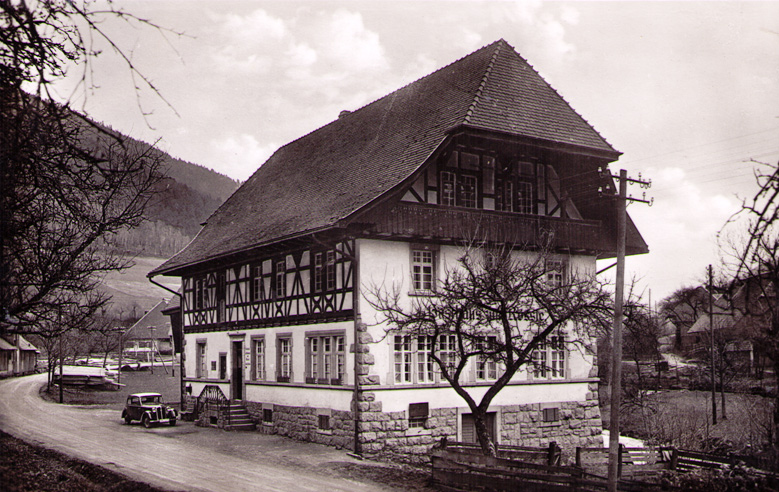
Hemingway stayed at Gasthaus Rossle which means something like the Inn of the Little Pony. It is still there today, sitting on the banks of the Elz river. If one was to look for a Hemingway flavored trip to the Black Forest, this would be the place to go.

